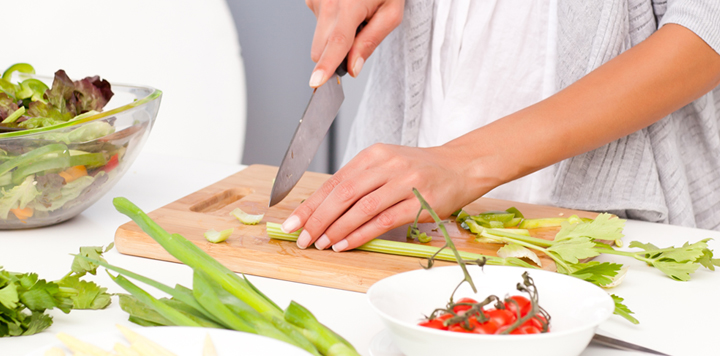For kitchen professionals, selecting the right tool is crucial, and when it comes to knivesa chef's most trusted allymaking the right decision can be transformative. If you're pondering over how to choose a Japanese knife, you've come to the right place. Japanese knives are renowned for their precision, craftsmanship, and beauty. But with so many options available, understanding what suits your specific needs is vital.

Why Choose Japanese Knives?
Japanese knives are celebrated globally for their incredible sharpness and elegant design. The secret lies in the meticulous craftsmanship and the use of high-quality materials. They are not merely tools but extensions of a chef's hand, enabling culinary professionals to execute with precision. Understanding the importance of blade quality and type can help professionals make informed choices.
Understanding Knife Anatomy and Types
An integral step in knowing how to choose a Japanese knife is familiarizing yourself with the various types available. There is a diversity among them, such as the Gyuto (akin to the Western chef's knife), Santoku (known for versatility), and Nakiri (ideal for vegetables). Each type has a specific role to play in a professional kitchen setting.
Gyuto: The Japanese Chef's Knife
The Gyuto is versatile and is preferred for its ability to handle general tasks. Its long, thin blade is perfect for slicing, dicing, and chopping, making it a staple in many professional kitchens. This knife offers the precision of Japanese craftsmanship with the familiarity of a Western chefs knife.
The Importance of Blade Material
Another critical aspect of deciding how to choose a Japanese knife is understanding the importance of blade material. High-carbon steel is favored for its edge retention and sharpness, whereas stainless steel is known for corrosion resistance. Kitchen professionals must weigh these factors based on frequency of use and maintenance capabilities.
How to store Japanese knives is also essential in prolonging their lifespan.Carbon Steel vs. Stainless Steel
Carbon steel blades, though prone to rusting, offer superior sharpness and edge retention compared to stainless steel. Stainless steel, on the other hand, is easier to maintain and resistant to stains and rust. The choice largely depends on your work environment and how much time you have for maintenance.
Blade Edge: Single-Bevel or Double-Bevel?
Japanese knives come in both single and double-bevel edges. Single-bevel knives, which have a more acute edge for precision cuts, are traditionally used in task-specific roles. Double-bevel edges are more versatile and better suited for general use. Kitchen professionals should choose based on the specific culinary tasks they perform.
Sharpening single-bevel knives requires particular attention.The Grip: Handle Matters!
A comfortable grip ensures better control and reduces hand fatigue. Japanese knives often come with traditional wooden handles, which offer a balance of usability and aesthetics. Choosing a handle that feels comfortable is as critical as the blade itself.
Fascination with Aesthetics
Japanese knives, famous for their aesthetic appeal, often feature blades with hammered finishes, Damascus patterns, or even intricate engravings. While these features can significantly enhance the visual appeal, they might also affect your choice based on personal preference and the impression you want to convey in a professional kitchen.

Consider Your Cuisine
The type of cuisine frequently prepared can also influence the decision of how to choose a Japanese knife. Dishes that require fine cuts, such as sushi, may benefit from a Yanagiba, while a more diverse menu might call for the versatility of a Santoku or Gyuto.
For further detail on different styles suited for various cuisines, you might find this resource helpful.
FAQs
What is the difference between a Gyuto and a Santoku?
The Gyuto is more similar to the Western chefs knife, generally longer and suitable for various tasks, whereas the Santoku is shorter and ideal for chopping, dicing, and mincing.
How often should I sharpen my Japanese knife?
Frequency of sharpening depends on usage. For daily use, a professional chef might sharpen a Japanese knife every few weeks. It's crucial to maintain the blade properly to preserve its edge.
Can I use a honing steel on a Japanese knife?
Using a honing steel on Japanese knives isn't recommended as it can damage their delicate edges. Instead, regular sharpening with a whetstone is advised.
For more tips on how to clean a knife, check out this useful guide.
Understanding the nuances of Japanese knives, from the blade type to the handle, can deeply enrich your culinary journey, elevating both skill and satisfaction in the kitchen.
This article contains affiliate links. We may earn a commission at no extra cost to you.


























